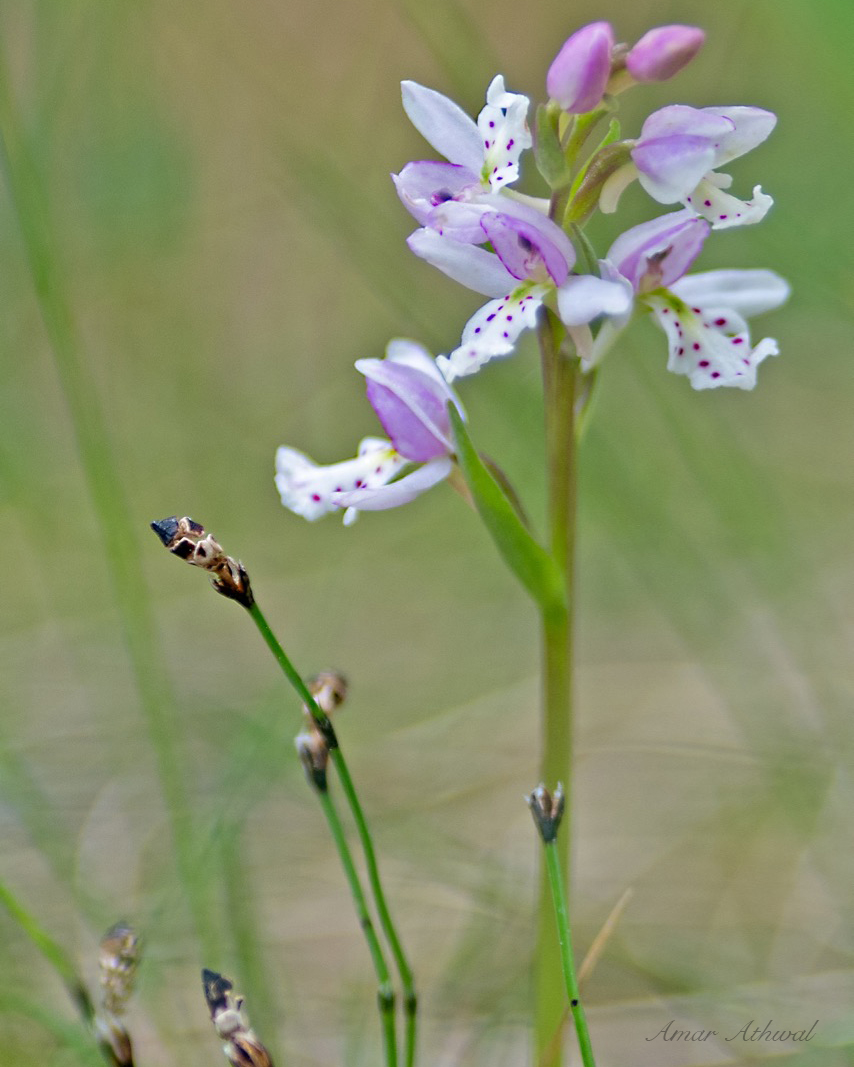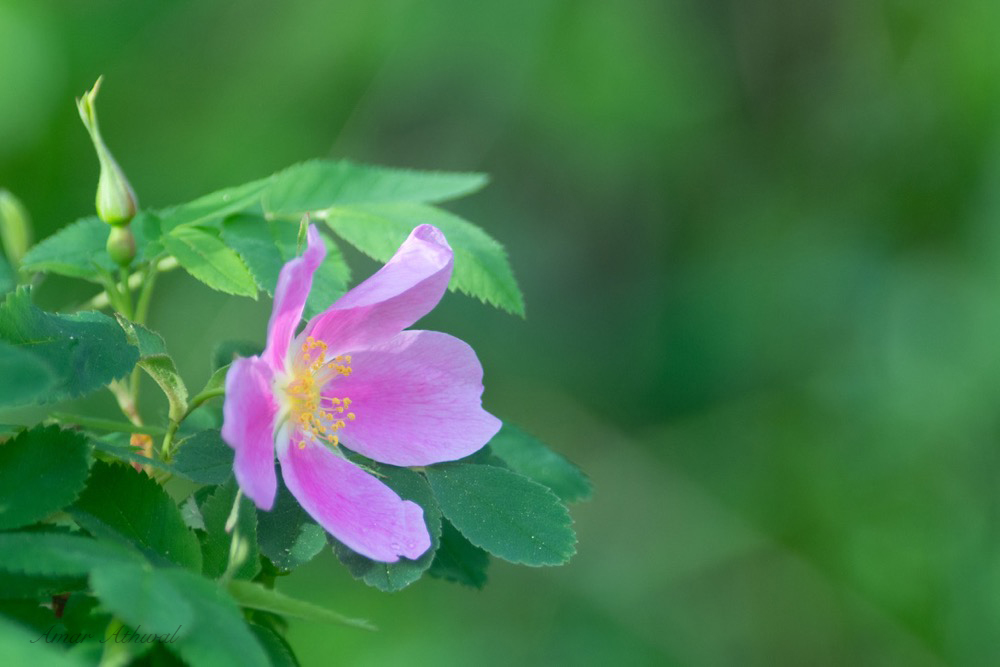Prairie crocus is one of the first wildflowers to emerge in spring—sometimes as early as March here in the mountains. It grows in northern latitudes across much of the world. The prairie population has greatly declined due to native prairie sod being ploughed or cultivated.
The hairs on the prairie crocus help deter livestock from grazing on it. As if that weren’t enough, the plant also has poisonous properties. The poison comes in the form of an alkaloid, which is an irritant that can cause inflammation and blistering. Deer, elk, and ground squirrels tend to avoid the plant, although they may eat it in early spring before the alkaloid levels build up.
The flower emerges from a single hairy stem and is typically three to six centimetres across, with blue-violet sepals that open during the day and close at night. The sepals form a saucer shape, reflecting sunlight toward the centre and raising the internal temperature by as much as 10°C above the surrounding air. The stamens and pistils serve as both a food source and a warm shelter for pollinators.
In the attached image, I captured the flower before the sepals opened. At least with this particular flower, I find myself preferring the minimalist look of the closed sepals.



















